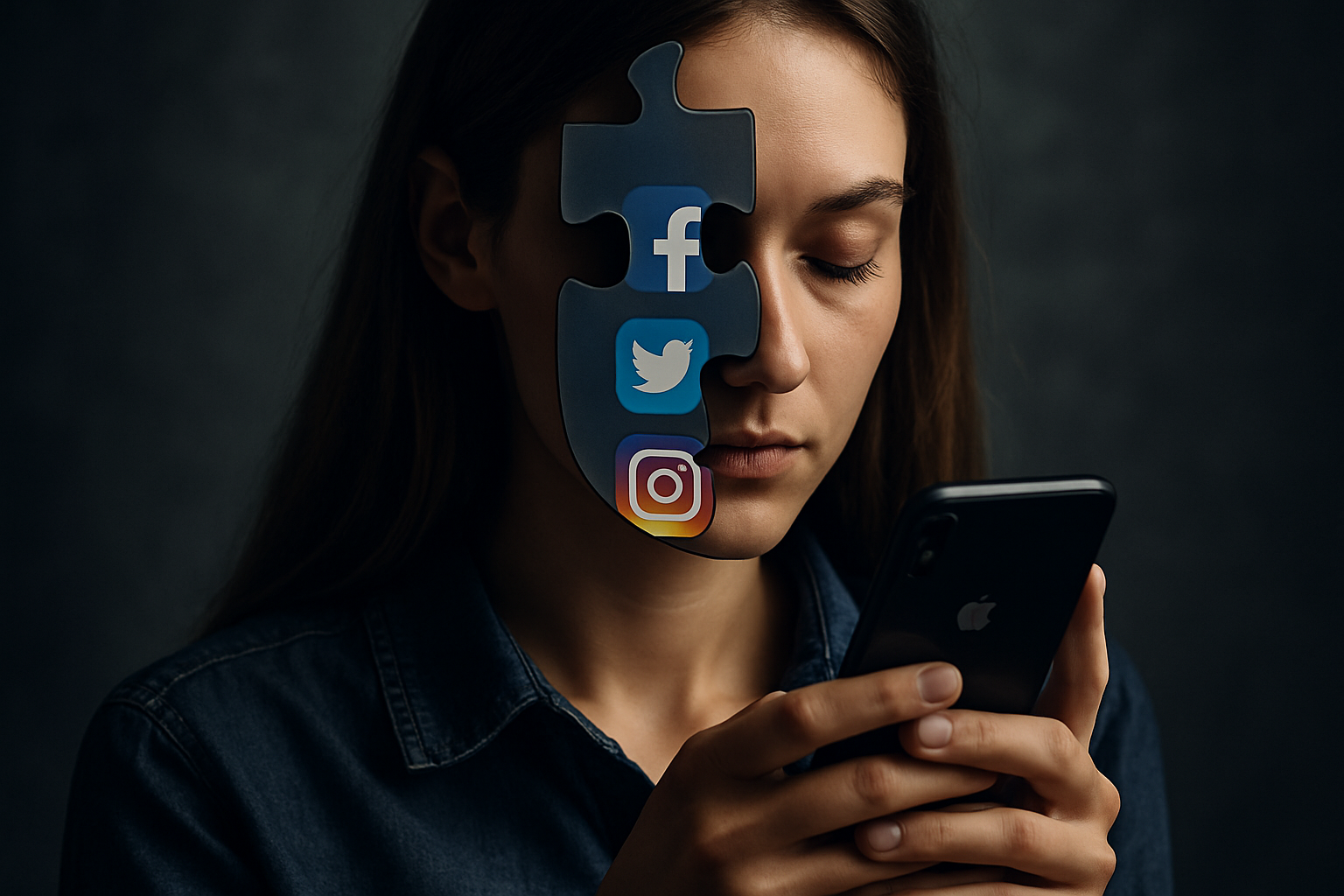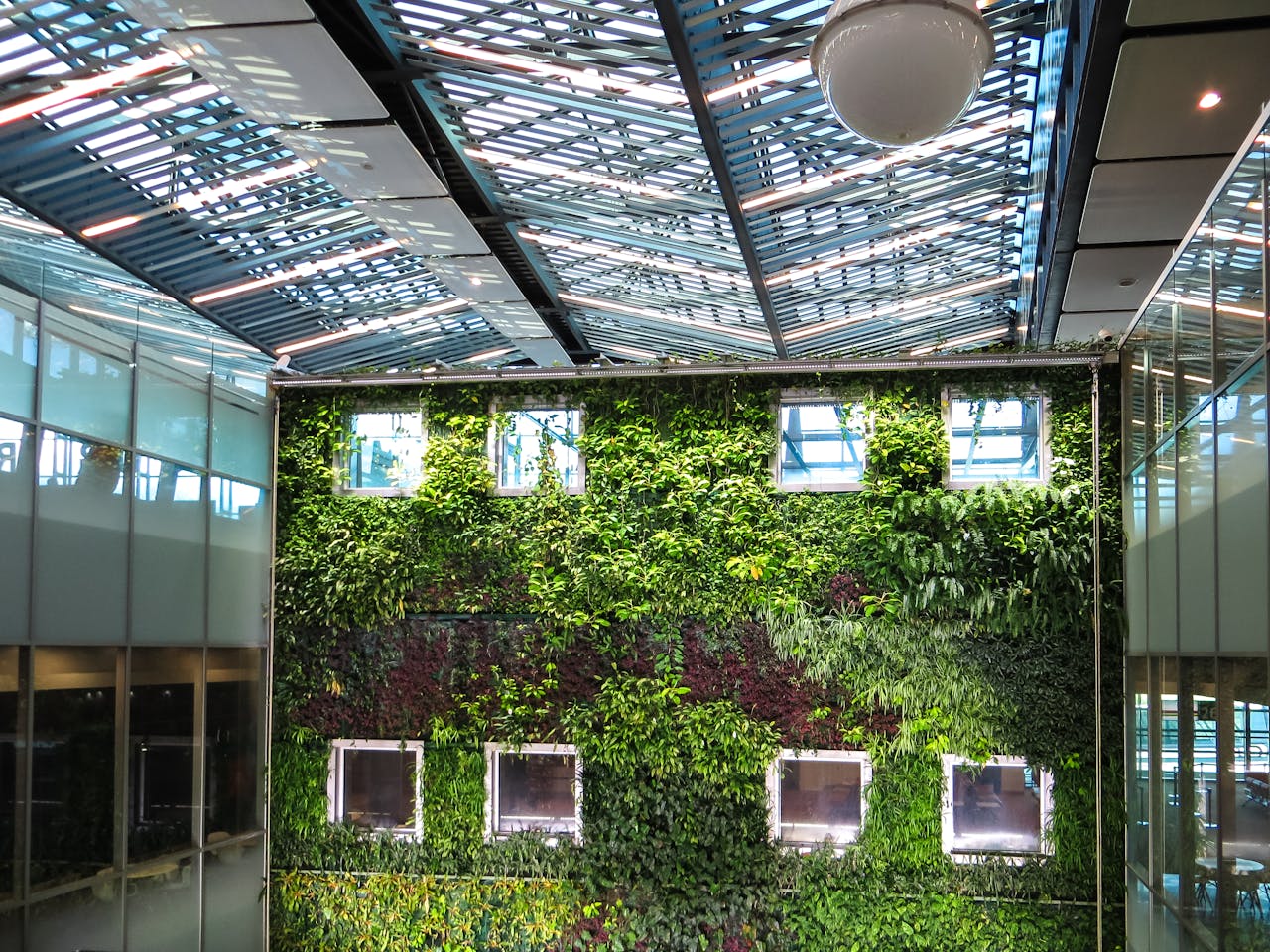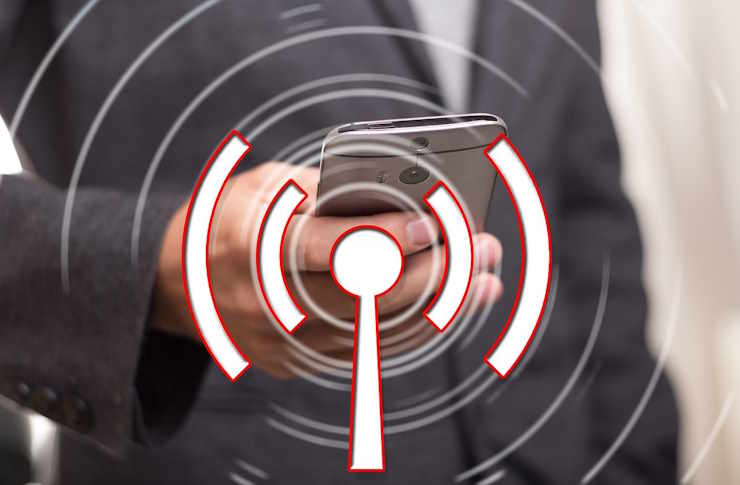Micro-Communities: The New Social Frontier
Digital tribes carve out niche spaces in our interconnected world, reshaping how we form bonds and find belonging. These micro-communities, united by hyper-specific interests, are revolutionizing social dynamics. But what drives their rise, and how are they impacting broader society? Read below to explore this fascinating shift in human connection.

The genesis of this trend can be traced back to the early days of online forums and message boards. However, the explosion of social media platforms and the increasing sophistication of algorithmic content curation have accelerated their growth exponentially. Today, individuals can find their tribe with unprecedented ease, whether they’re aficionados of 18th-century Baroque music or devotees of extreme urban gardening.
The Psychology of Belonging in the Digital Age
At the heart of micro-communities lies a fundamental human need: the desire to belong. In an era marked by increasing social isolation and the erosion of traditional community structures, these digital tribes offer a powerful antidote. They provide a sense of identity, validation, and camaraderie that many find lacking in their physical surroundings.
Research in social psychology suggests that belonging to a group with shared interests can significantly boost self-esteem and overall well-being. Dr. Emma Seppälä, Science Director of Stanford University’s Center for Compassion and Altruism Research and Education, notes that such connections can reduce stress, improve mental health, and even enhance physical health outcomes.
The Double-Edged Sword of Echo Chambers
While micro-communities offer numerous benefits, they also present challenges. The same algorithms that facilitate connections can also create echo chambers, where members are exposed primarily to ideas that align with their existing beliefs. This phenomenon can lead to polarization and the reinforcement of potentially harmful ideologies.
A study by researchers at the Massachusetts Institute of Technology found that in certain online communities, misinformation spreads faster and reaches more people than factual information. This dynamic raises concerns about the potential for micro-communities to become breeding grounds for extremism or conspiracy theories.
Redefining Identity in the Digital Landscape
Micro-communities are reshaping how individuals construct and express their identities. In these spaces, people often feel free to explore facets of themselves that may be suppressed or overlooked in their offline lives. This can lead to a fragmentation of identity, where individuals present different versions of themselves across various digital tribes.
Sociologist Dr. Sherry Turkle of MIT argues that this multiplicity of selves is not necessarily negative but reflects the complexity of modern identity. However, she cautions that the challenge lies in integrating these diverse aspects into a coherent sense of self.
The Impact on Traditional Social Structures
As micro-communities gain prominence, they’re beginning to challenge traditional social structures. Local community organizations, religious institutions, and even family units are finding themselves competing with these digital tribes for individuals’ time, attention, and emotional investment.
Some sociologists argue that this shift could lead to a weakening of local community ties and a further atomization of society. Others see potential for these online connections to translate into real-world action and community building. The reality likely lies somewhere in between, with micro-communities complementing rather than replacing traditional social bonds.
The Future of Social Cohesion
As we look to the future, the role of micro-communities in shaping social dynamics is likely to grow. The challenge for society will be to harness the positive aspects of these digital tribes while mitigating their potential downsides.
Efforts are already underway to bridge the gap between online and offline communities. Some micro-communities are organizing real-world meetups, while others are leveraging their collective power for social and political causes. These initiatives suggest a potential path forward, where the strengths of both digital and physical communities can be combined.
In conclusion, micro-communities represent a significant shift in how humans connect and find meaning in the digital age. As we navigate this new social frontier, it’s crucial to approach it with both enthusiasm for its potential and a critical eye towards its challenges. The future of social cohesion may well depend on how we manage to integrate these digital tribes into the broader tapestry of human society.





